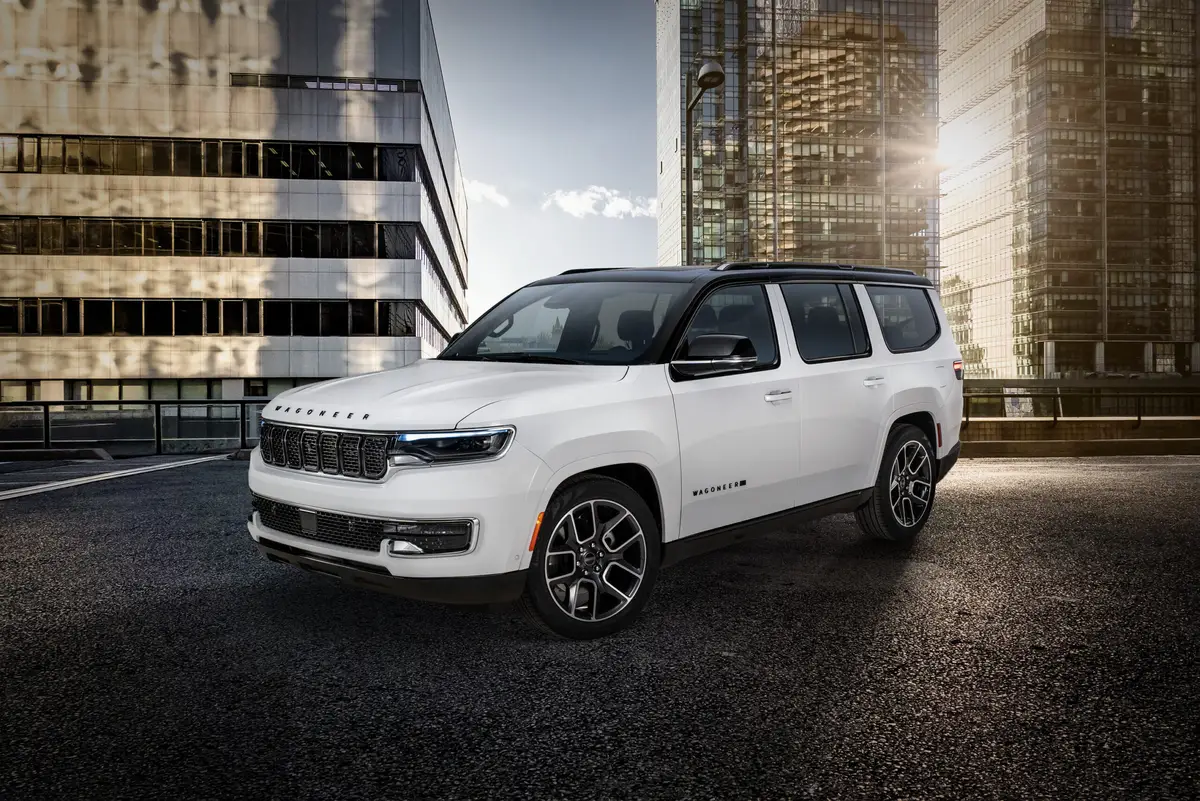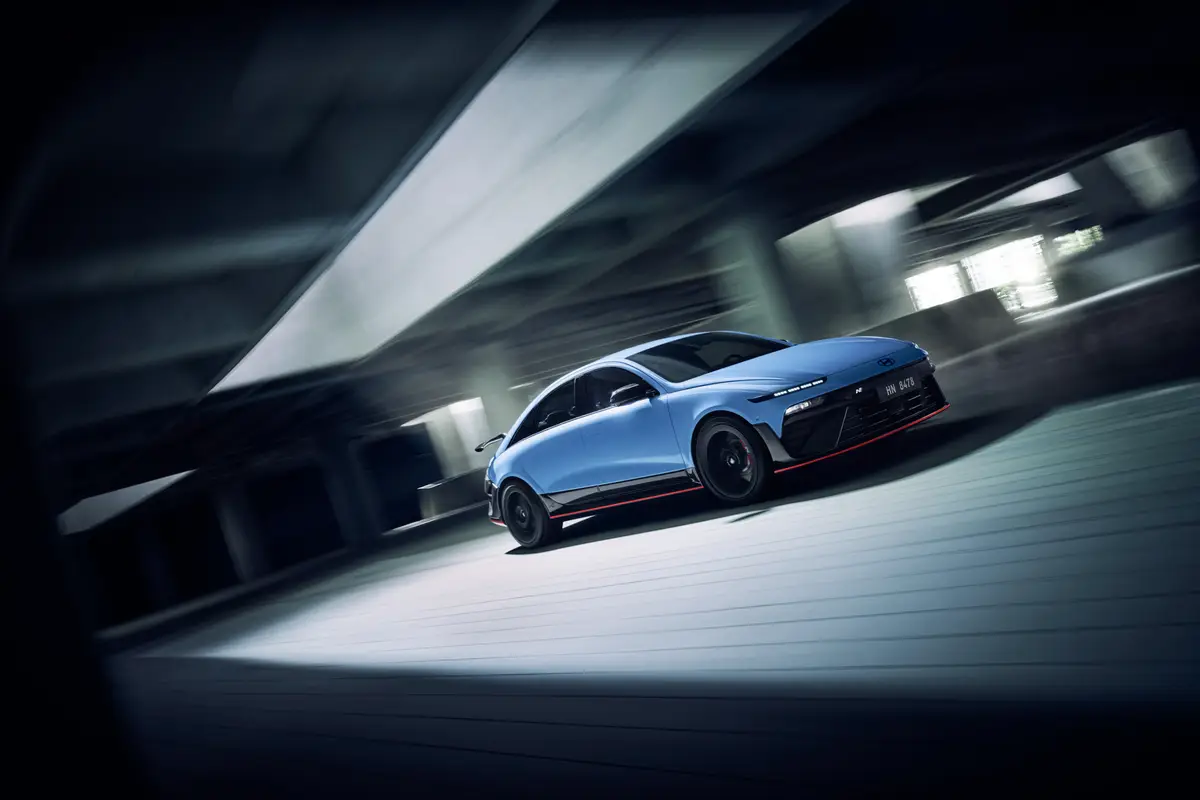Orlando Sentinel's view
It has been said that it is lonely at the top; well that’s no longer the case in the automobile industry. The top is getting more crowded every year with high-quality and stylish automobiles.
It’s time for those at the top to make room for the 1992 Mitsubishi Diamante. The Diamante, which in Spanish means diamond, is definitely a gem of an automobile. Mitsubishi proved at the beginning of the 1991 model year with its 3000GT (and its built-for-Chrysler Dodge Stealth) that it could build a sports car that would turn heads and challenge just about anything else on the road.
ENGINE, PERFORMANCE
This time Mitsubishi has proven that it can build a luxury car that has elegance, style and the high-tech requirements to challenge anything in its class.
The Diamante comes in two versions, a base model and an upscale LS. Both models share the same platform but are powered by two versions of Mitsubishi’s 3.0-liter, V-6 engine.
Those who think Mitsubishi only knows how to make little trucks and fuel-efficient econo-boxes are in for a pleasant surprise.
The test vehicle, a Diamante LS, is powered by a 3.0-liter, 24-valve, double-overhead-camshaft V-6 that produces 202 horsepower at 6,000 rpm. After putting the engine to the test a couple of times, I wondered if Mitsubishi really meant to call this car the
Dynamite but spelled it wrong.
The standard Diamante is powered by a 12-valve, single-overhead-camshaft V-6 that produces 175 horsepower at 5,500 rpm -some impressive numbers for a luxury car.
Both versions of the Diamante feature fuel injection, and the LSis equipped with twin-spray fuel injectors and a microprocessor to control the ignition and a knock control system that optimizes combustion.
The Diamante’s engine hums, and only when it’s really pushed do you hear the engine rumble – a rumble that sends chills down your spine..
The test car’s four-speed automatic transmission worked flawlessly. Shifts are virtually undetectable. This is probably due to a special computerized shifting system Mitsubishi calls ECL-M. It monitors the shifting process, regulating torque and providing smoother, quicker responses.
However, the transmission responds too quickly when shifting from reverse to drive. If not completely stopped before shifting, you’ll experience an unforgettable head-jerking reaction. Mitsubishi engineers need to build in a little more forgiveness for those who don’t always come to a complete stop. I’m sure I’m not the only one who does this.
STEERING, HANDLING
The Diamante test car handled superbly. After only driving the car for a short time you become very confident and have a feeling of total control. Emergency maneuvers and quick stops are a breeze.
The LS was loaded with both special packages available in that model – Active-ECS suspension and a Traction Control System. The ECS suspension system controls the car’s body height, roll, pitch and dive. The Traction Control System, as you would expect, controls wheel spin on slick surfaces. In some vehicles I have driven, these two systems seem to be nothing more than placebo buttons, but I could tell when these systems kicked in.
The Diamante’s smooth ride comes from its four-wheel independent suspension. Both the Diamante and the loaded LS models feature the McPherson strut on the front and multilink independent rear suspension – the same systems used on the energetic and athletic 3000GT.
To complement the Diamante’s excellent handling, Mitsubishi equipped it with four-wheel disc brakes that seemed to work flawlessly. Standard on the LS are four-sensor, 3-channel anti-lock brakes – one test of the ABS feature was all I needed. The Active ECS made sure that there was no dive to the front end upon heavy braking.
The test car was equipped with the luxury package that is composed of power four-way-adjustable front seats covered with soft, gray (orb ige) leather. The door trim, steering wheel and console lid were all covered inthe s ame leather.
I found the seats to be extremely comfortable and supportive.
The Diamante’s wood grain control panel conveys a real touch of class. It’s not overdone.
Controls and buttons appear to be somewhat intimidating upon first entering the cockpit but it doesn’t take a NASA engineer to figure them out in a relatively short time. Controls for the air conditioner are simple andeasy to operate. A dial allows you to set the desired temperature and another dial operates the fan, which seems to be very sensitive to adjustments.
The Diamante LS’ sound system is a real masterpiece. It features R Visual Audio S AM-FM/cassette, graphic equalizer with surround-sound effects and tone control selections, passenger position selector, a portable compact disc jack, six speakers, and, last but not least, steering-wheel-mounted remote controls.
The quality of sound is superb. The digitized equalizer is a show-stopper – just about everyone that rode or sat in the car was impressed by it.
Build quality of the exterior and the interior is wonderful. The paint job is superb, and all other little touches inside and out appear to be well-executed.
Mitsubishi emphasized safety with the Diamante. Standard on all models are driver’s-side air bag, three-point safety belts and soft, smooth, edgeless materials throughout the interior to protect passengers.
Standard features include speed-sensitive auto door locks, anti-theft system, cruise control, digital clock, tilt steering wheel and much more.
Also hidden in the well-designed dash is a cup holder concealed so well that it wasn’t until after I drove the car for a couple days that I stumbled upon it.
Room is ample for legs and feet, but head room for rear-passenger adults could be a little tight. The power sunroof in the LS model makes head room for the front passengers a little tight but notuncomfortable – especially with the adjustable seats.
I have to hand it to Mitsubishi on its first real entrance into the luxury car market. The company has proven that it has done its homework. And with a price of around $30,000 it surely will provide competition for those companies that have been building luxury cars for years.
Latest news



